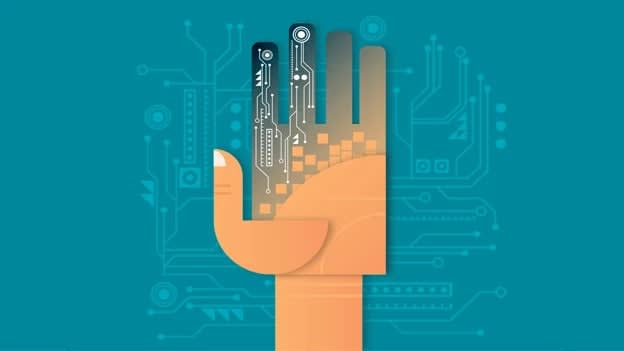Leading Today for Tomorrow (LT4T): Are you agile enough?

In today’s world of digital disruption, leaders need to be intuitively proactive if they want their organization to be running successfully today and tomorrow. Digital transformation is only gaining pace ushering agility, causing leaders to react, manage crisis and behave like fire extinguishers on a daily basis.
Organizations surviving disruption and thriving in the future need to build management and leadership capability and capacity. Organizational agility can help a company to grow and react successfully to the development of the industry, emergence of new competitors or sudden shifts in overall market. It is essential for the leaders in an organization to adopt a growth and learning mindset. Building a corporate agile culture involves close team collaboration and adaptive behavior.
Successful organizations recognize the critical need for agility in workplace culture and environment. Agility depends on the willingness of leaders as well as employees to adapt to change swiftly. Strategic agility is more important than strategic planning. Individual learning agility coupled with an organizational learning culture are more important than training, certifications and even degrees. Einstein was quoted as saying, “education is not the learning of facts, but the training of the mind to think”.
Organizations should build a structure that enable employees to learn from failure and which teaches leaders to embrace creativity and drive innovation. Learning is the ability for individuals, teams and organizations to learn, unlearn and then relearn. Learning and Development is a key aspect, organizations can make effective use of digitization to upskill employees. Thus, with the expanded capability for managers and leaders, capacity of the organization for the future will increase as well.
Simply put, effective leaders are effective learners. Dramatic changes to the macro- environment have made what leaders “know” about their business less relevant or even obsolete. Managers and leaders will need to unlearn certain beliefs, skills and knowledge that is no longer helpful. They will also need to re-learn based on new information, emerging trends, personal experiences and from the experiences of others. Big data doesn’t necessarily automatically translate to big wisdom. Re-learning will require these leaders to demonstrate a willingness to take risks (fail fast and smart) and move out of existing comfort zones and habituated behavior. Confidence alone will not be enough. In fact, individual hubris can be a derailer, for, an executive and organizational hubris can lead organization disruption and ultimate failure. Confidence coupled with capability and resilience will help leaders navigate the future. These same traits combined with a strategically agile organization increases the probability of success.
Certain skills and capabilities (both existing and new) will not only increase the odds of survival but drive innovation as well. We have choices as individual leaders and organizations to either disrupt or be disrupted. We live in a world that is volatile, uncertain, complex and ambiguous (VUCA). Is this a curse or a blessing? Often this depends on your skills, knowledge, ability, expertise, experiences and attitude. Attitude or mindset is a significant variable in how you view and navigate the world. As a business leader recently said, “I think there will be a complete change in whatever learning I have just gone through in the next 10 years so I will have to unlearn and relearn again.”
Asia leaders (those from Asia or working in Asia for extended periods of time) have an advantage over many non-Asia leaders as they have experienced VUCA-ness during their lifetime. In other words, leaders from India, South Asia, and APAC should be more friendly and comfortable with chaotic environments. Managers and leaders in India have already navigated a set of environmental experiences. To name a few:
Experiences
- Volatile Markets
- Socio-Economic Survival
- Security Challenges
- Tough Business Environments
- Government and Governance Challenges
- Newer Business Models/Hyper-competition
- Rapid Technology Changes/Digital Disruption
An individual’s mindset and approach to do the things that are within his or her control will have a direct positive impact on increasing the scope of their influence. The employee should look at what he or she can do rather than focusing on what he can’t do. For organizations --- strategic agility will be key. For managers and leaders – learning agility will unlock the future.
















